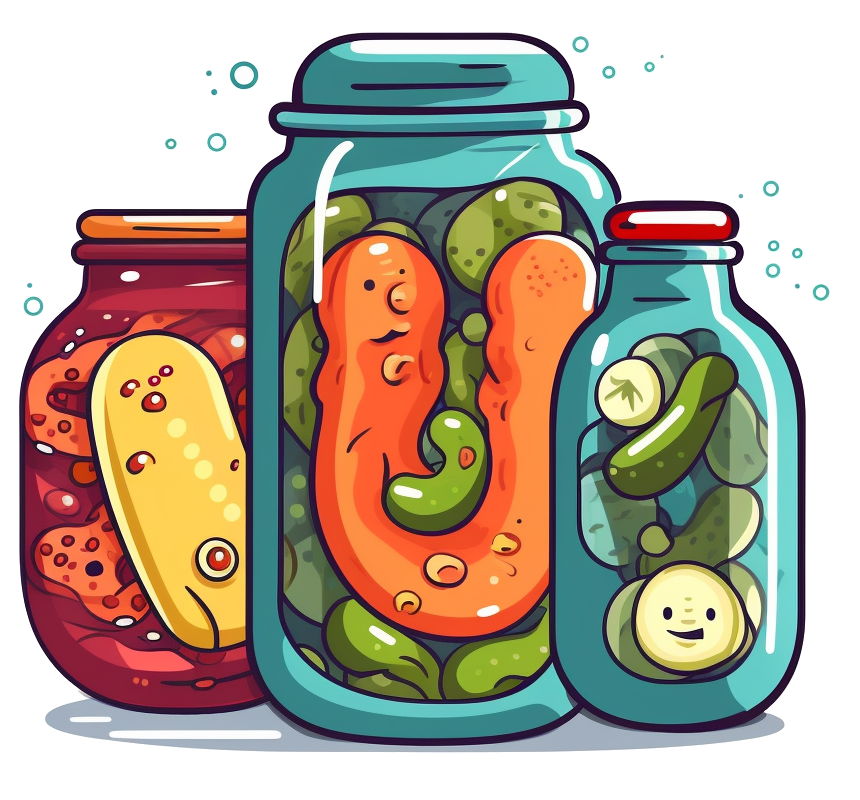Salamander
- 11 Posts
- 8 Comments
Fermentation bubbles are hypnotic.
I have never made tepache before and I have been taking advantage of the warm temperatures this summer to run multiple new fermentation projects. So I will give tepache a try! Any tips?

 5·5 months ago
5·5 months agoI did not know of the term “open washing” before reading this article. Unfortunately it does seem like the pending EU legislation on AI has created a strong incentive for companies to do their best to dilute the term and benefit from the regulations.
There are some paragraphs in the article that illustrate the point nicely:
In 2024, the AI landscape will be shaken up by the EU’s AI Act, the world’s first comprehensive AI law, with a projected impact on science and society comparable to GDPR. Fostering open source driven innovation is one of the aims of this legislation. This means it will be putting legal weight on the term “open source”, creating only stronger incentives for lobbying operations driven by corporate interests to water down its definition.
[…] Under the latest version of the Act, providers of AI models “under a free and open licence” are exempted from the requirement to “draw up and keep up-to-date the technical documentation of the model, including its training and testing process and the results of its evaluation, which shall contain, at a minimum, the elements set out in Annex IXa” (Article 52c:1a). Instead, they would face a much vaguer requirement to “draw up and make publicly available a sufficiently detailed summary about the content used for training of the general-purpose AI model according to a template provided by the AI Office” (Article 52c:1d).
If this exemption or one like it stays in place, it will have two important effects: (i) attaining open source status becomes highly attractive to any generative AI provider, as it provides a way to escape some of the most onerous requirements of technical documentation and the attendant scientific and legal scrutiny; (ii) an as-yet unspecified template (and the AI Office managing it) will become the focus of intense lobbying efforts from multiple stakeholders (e.g., [12]). Figuring out what constitutes a “sufficiently detailed summary” will literally become a million dollar question.
Thank you for pointing out Grayjay, I had not heard of it. I will look into it.
Jajaja, sí, soy Mexicano 😁
🥳 Muchas gracias!
Oooh, sorry! Yes!
Sometimes I just fry it, either with oil in a pan or in the air frier. This makes a nice snack all by itself
But my favorite is to make Tempeh Sambal. I have followed this recipe and it is amazing: https://www.youtube.com/watch?v=cwPKf49chsA
The only downside is that this recipe uses a lot of oil… My next goal is to try to see if I can follow this recipe using a lot less oil and get something as delicious. ___
I usually boil a 900 g bag of dried chickpeas for about 1 hour, with a tablespoon of vinegar added. Then I place the chickpeas into a large colander for them to cool and dry, and then I disperse a tablespoon or two of “starter” on them. I then put about 300 g - 400 g of inoculated chickpea into perforated ziploc bags, and hang these bags using clothpins in a ‘chamber’ that I made (it is a plastic tub with insulating foam, a hole through which a ceramic bulb heater goes in, and a cheap temperature controller that controls the chamber temperature to around 30 C).
This is a photo I have from a recent (FAILED!) experiment trying to ‘scale up’:

And this cover goes on top:

Imagine this, but with half the amount of tempeh. In this experiment I tried to make !3.55 kg of tempeh at once (8 tempeh), but they were touching each other, and the contact points of the tempeh turned wet and acidic - either it became too hot, or poor airflow allowed the bacteria and not the fungus to dominate those areas.











Awesome work! Upgraded. Thank you!! 😄